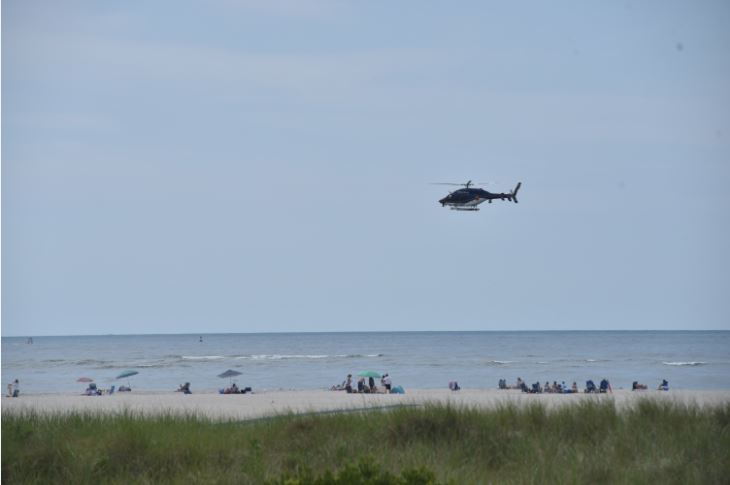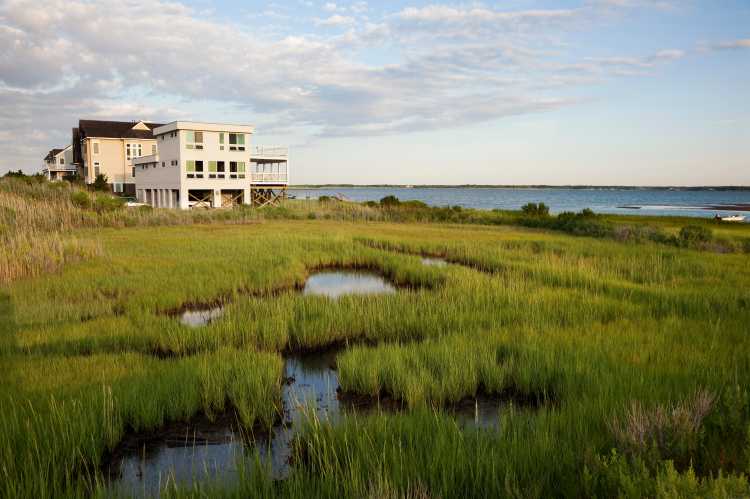A shark was sighted at Rockaway Beach in Queens on Thursday, prompting a response from state officials.
It’s the first official shark sighting in the Long Island region in 2024, but shark sightings have increased in recent years. Officials have attributed it to cleaner water and a boom in local fish populations, while others have claimed it’s due to climate change.
Last summer, Gov. Kathy Hochul announced that state resources would be going towards shark surveillance, which will continue this year. This will include five additional drones at beaches at state parks on Long Island for a total of 22 drones, and 12 additional drone pilots at beaches at state parks on Long Island among operations staff, lifeguards and Park Police, for a total of 41.
“This summer, we expanded shark surveillance at our beautiful Long Island beaches to help ensure New Yorkers can safely cool down in the ocean and enjoy the sunshine,” Hochul said. “After the first shark sighting of the season, I encourage all New Yorkers to listen to local authorities and take precautions to help ensure safe and responsible beach trips this summer.”
There were a number of recorded shark attacks in and around Long Island waters in 2022 and 2023, none of them fatal.
According to experts, native species of sharks on Long Island include sand tiger sharks, dusky sharks, and sandbar sharks. Sand tiger sharks are not to be confused with tiger sharks, which are rare in New York. Sand tiger sharks are the ones with ragged teeth you can view at the Riverhead Aquarium.
“Sharks are important species in our marine environment, and while human-shark interactions remain rare in New York, Governor Hochul’s investments in beach monitoring and public education continue to help reduce risks this summer. DEC reminds all visitors to follow shark safety guidance while enjoying our world-class marine ecosystems,” DEC Interim Commissioner Sean Mahar said.
DEC’s guidelines for shark safety include avoiding swimming areas with seals,schools of fish, splashing fish, or diving seabirds, avoiding swimming at dusk, night, and dawn, avoiding murky water, to swim, paddle, and surf in groups, and to stay close to shore – and, of course, to pay attention to lifeguards and other beach officials.



































